Bright Ideas: Designing Lighting for IECC Energy Code Compliance
As energy efficiency becomes a priority in modern construction, complying with the International Energy Conservation Code (IECC) is no longer optional—it’s essential. Whether you’re working on a new commercial building or a renovation, lighting design plays a significant role in achieving code compliance and reducing operational costs.
This article breaks down the key lighting and control requirements of the IECC, offers design strategies, and highlights where electrical engineers and designers should focus their attention to ensure code-compliant, efficient, and occupant-friendly lighting systems.
What Is the IECC?
The International Energy Conservation Code (IECC) is a model code that sets minimum energy efficiency standards for buildings. It’s widely adopted across the U.S., including Idaho, often with local amendments. It governs:
Building envelope
HVAC systems
Lighting and lighting controls
Service water heating
Electrical and power systems
Most jurisdictions in Idaho—including Boise, Nampa, and Caldwell—have adopted versions of the 2018 or 2021 IECC for commercial and residential buildings.
IECC Lighting Requirements (Commercial)
1. Lighting Power Densities (LPD)
Defined as the maximum watts per square foot allowed for interior and exterior spaces.
Found in IECC Tables C405.3.2(1) & (2) or ASHRAE 90.1 (alternative compliance path).
Example: Offices may be limited to 0.79 W/sq ft (interior), while parking lots might allow 0.15 W/sq ft (exterior).
Design Tip: Use LED fixtures with high efficacy (lumens/watt) to stay under LPD limits.
2. Automatic Lighting Controls (C405.2)
To reduce unnecessary lighting use, the IECC requires:
Occupancy sensors or timed shutoff controls in most enclosed spaces like offices, classrooms, restrooms, and storage areas.
Manual lighting controls at room entrances (C405.2.1).
Daylight-responsive controls near windows and skylights to dim or switch off lighting in response to natural light.
Design Tip: Be strategic with zoning—use multiple control zones to allow tailored lighting based on usage and daylight availability.
3. Exterior Lighting Controls (C405.2.7)
Must include astronomical time-switches or photosensors.
Controls should turn off or reduce lighting during unoccupied hours.
Some areas (e.g., building entrances) may be exempt or allowed higher light levels.
Design Tip: Use networked lighting systems that integrate scheduling, daylight, and occupancy data for full IECC compliance and future scalability.
4. Functional Testing Requirements (C408.3)
All lighting control systems must be functionally tested to ensure proper operation before final approval.
Documentation must be submitted to the authority having jurisdiction (AHJ).
Design Tip: Include testing documentation early in the project workflow to avoid delays during inspections.
Optional Compliance Path: ASHRAE 90.1
The IECC allows the use of ASHRAE Standard 90.1 as an alternate compliance path. This standard may offer slightly different LPD allowances or control exceptions and is often preferred in larger or more complex commercial projects.
When Does IECC Apply?
IECC lighting provisions apply to:
New commercial buildings
Tenant improvements and renovations
Additions and lighting system replacements
Site lighting installations for commercial properties
Note: Residential dwellings over three stories (per IECC definition) are also considered "commercial" for lighting purposes.
Practical Strategies for Compliance
Use high-efficiency LED fixtures with published wattages and photometric data.
Select lighting controls with built-in daylight and occupancy sensing.
Lay out fixtures and zones to maximize natural lighting and reduce artificial light use.
Coordinate with architects on window placement and ceiling heights for daylighting.
Document control systems clearly on your drawings (including sensor locations, schedules, and override methods).
IECC Adoption in Boise, Nampa & Caldwell
City of Boise: Follows the 2021 IECC with Idaho amendments. Requires electronic submittals and proof of energy compliance.
City of Nampa: Enforces 2018 IECC with state amendments. Energy compliance documentation is reviewed during permitting.
City of Caldwell: Also enforces 2018 IECC; requires that all lighting and control systems be clearly documented on plans.
Always confirm with the local jurisdiction, as energy code enforcement and amendments can vary even within the same county.
Conclusion
Designing lighting systems for IECC compliance isn’t just about checking boxes—it's about creating efficient, comfortable, and smart buildings that meet modern energy performance standards. By understanding the code's lighting power limits, control requirements, and documentation standards, electrical engineers and designers can ensure both compliance and quality in their projects.
References
IECC 2018 & 2021 – International Code Council (ICC)
ASHRAE Standard 90.1
National Electrical Code (NEC) 2023
City of Boise Development Services
City of Nampa Building Department
City of Caldwell Community Development
Disclaimer:
The information, tools, and resources provided on this website are for general informational purposes only. While Empower Engineering strives to ensure accuracy and relevance, no guarantee is made regarding the completeness or applicability of the content to specific projects. Users are responsible for verifying all calculations, code interpretations, and design decisions with licensed professionals and local authorities. Empower Engineering assumes no liability for any loss, damage, or code violation resulting from the use of this website’s content.
Empower Engineering | July 15, 2025
11513 W Fairview Ave Ste 101
Boise, ID 83713
admin@empowerengineering.com
208-870-4379


